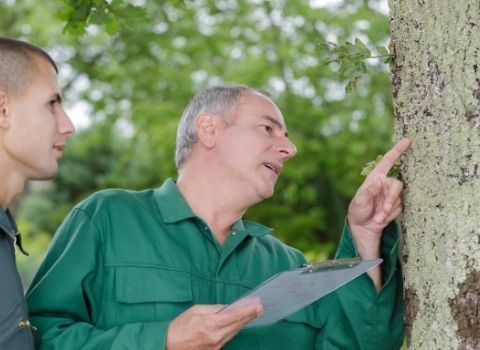
Caring for flowering or fruit trees may not be as difficult as caring for smaller plants, but that doesn’t mean your trees are invincible. To properly care for the trees on your property, you should be familiar with the signs that something is wrong with them. This includes knowing how to spot different tree diseases and how best to handle them in the future.
Fire Blight
Fire blight is one of the most common tree diseases you might run into, and the key to identifying it is right in the name itself. If you have a tree with fire blight, parts of their branches or entire portions of leaves will look as though they’ve been scorched by flames. Fire blight is a bacterium that spreads from many different sources. The best thing you can do to fight against fire blight is to prune any infected areas and destroy the trimmings. Also, make sure to disinfect your pruning tools before you use them again.
Leaf Rust
Leaf rust is another widespread disease that stems from a fungus that gives leaves unsightly spots of gold, red, and orange. When it comes to spotting different tree diseases, this one isn’t hard to find—and it isn’t always a tree death sentence, either. Everything from oak trees to apple trees can get this disease, but you can usually eliminate it using a simple fungicide.
Powdery Mildew
If you live in a region that gets very humid, you may need to watch out for powdery mildew. Just like the name suggests, leaves will gather an odd milky-white and powdery coating when your trees have this unpleasant fungus problem. While there are a few fungicides that can combat powdery mildew, your best bet is to plant fungus-resistant varieties of trees in the first place to avoid it completely.
Cankers
A canker is a localized dead spot on a tree’s trunk or branches. Everything from sun scalding and frost damage to physical scarring can eventually cause a canker to form on a tree. Cankers on younger trees are especially dangerous to their health. If one does develop, make sure to remove the surrounding affected area.


